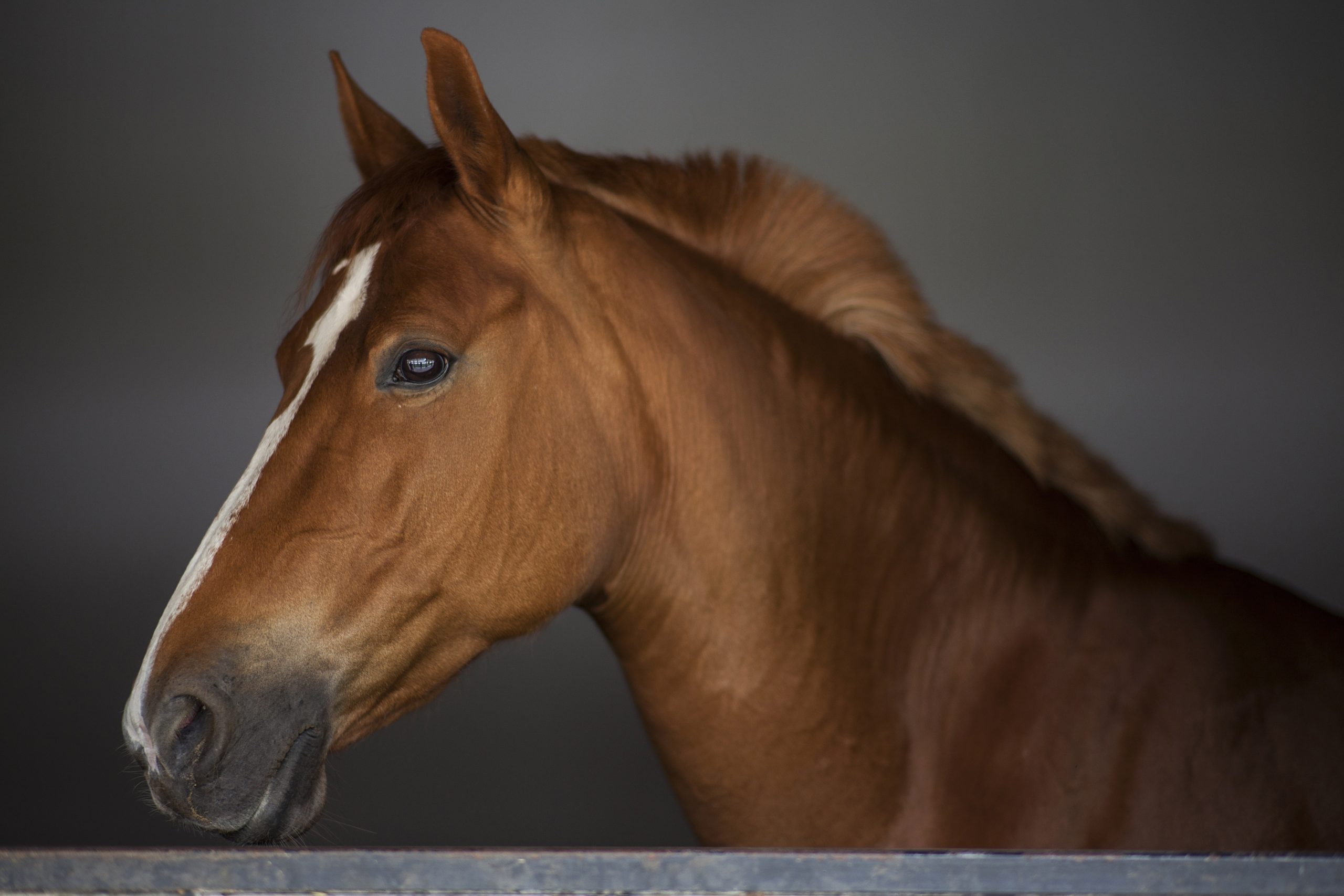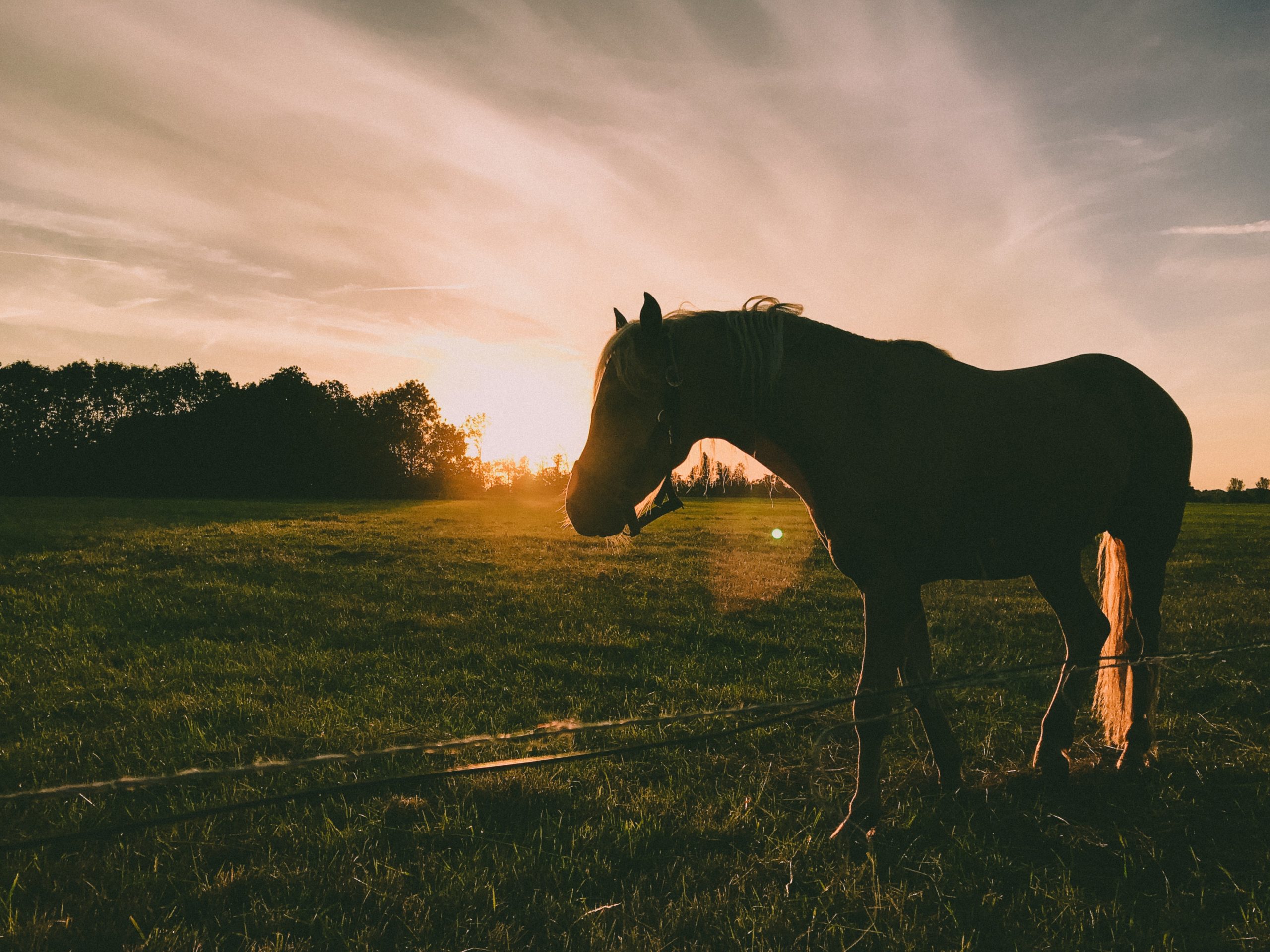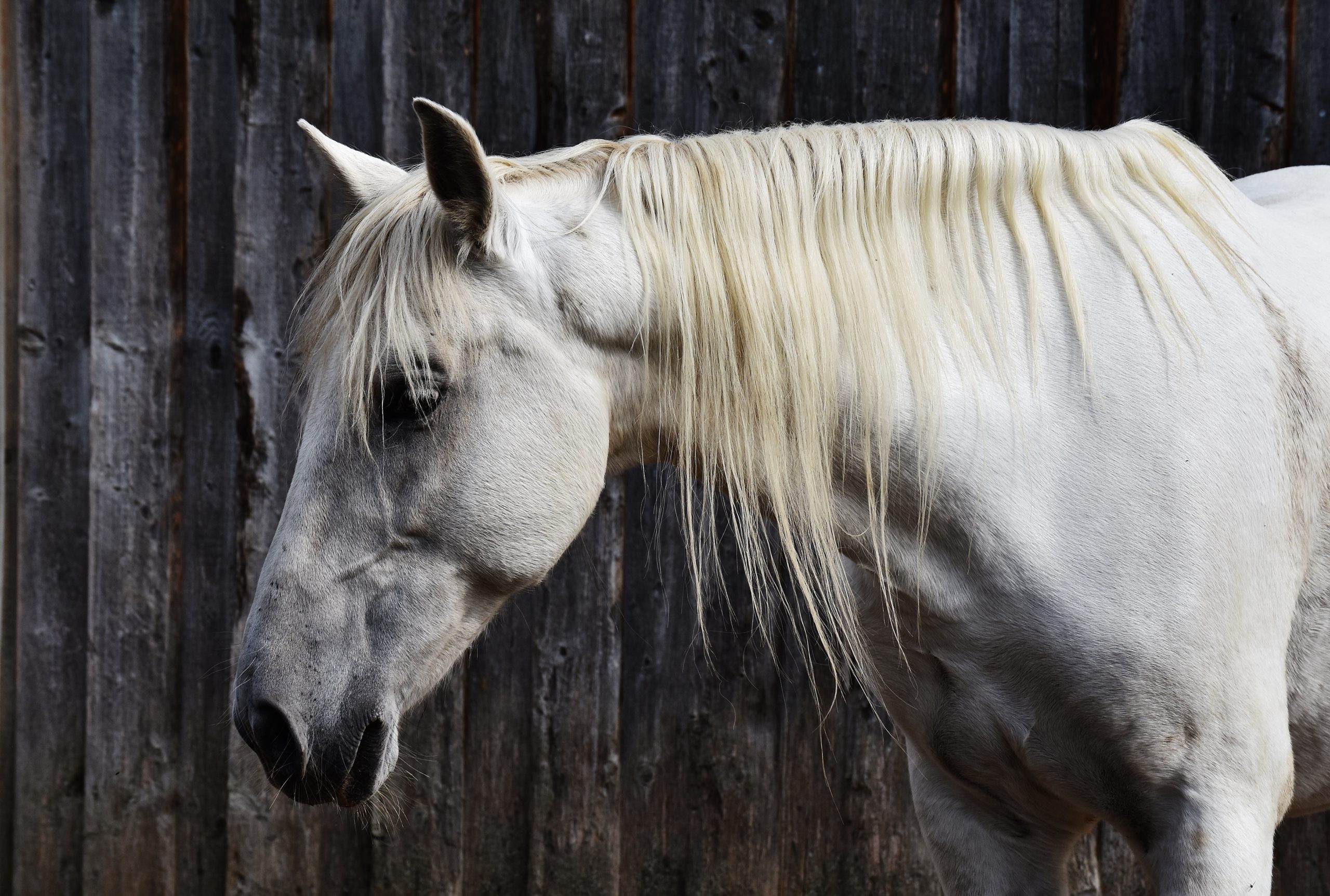There are many underlying causes of colic or abdominal pain in a horse. Over the last 20 years, the use of effective and safe worming compounds, routine planned worming intervals, the acceptance that regular teeth care is an important part of horse care, and improved knowledge and skills in feeding horses, has lead to a dramatic decrease in the incidence of colic.
Causes of colic
Regular worming to control Small Redworms can also reduce the risk of sand colic, scours and severe bowel strangulation. Tapeworms are considered a common cause of low-grade recurring colic in grazing horses, so ensure a tapewormer is given at least twice a year.
Feeds and feeding remain the most common cause of colic. This includes gorging food, eating spoilt or mouldy feeds, and ingestion of sand when grazing or fossicking for feed. Colic is described as flatulent (expansion of the large bowel by gas causing pain), spasmodic (intermittent pain from gas or food blocks), gastric dilation (swelling of the stomach), impacted bowel (dry, fibrous material in bowel) and strangulation (bowels twisted or telescoped within themselves).
Symptoms of colic
Colic can range from a mild discomfort with pawing and turning the head to look at the flanks, to extreme pain with sweating, rolling and distress. A proper diagnosis is essential and is a job for your vet. Although there are various colic ‘drenches’ and other colic remedies available, the cause of the colic needs to be established to ensure the appropriate treatment is given.
First aid management of colic
With subacute colic (mild abdominal pain) observe the horse for signs of acute or spasmodic colic. Check for passage of urine and manure and inform your vet. Walk the horse as movement may clear minor obstructions or gas from the large bowel. Seek veterinary advice if the condition persists or becomes more serious.
In acute colic (severe abdominal pain), catch the horse and stay with it. Walk the horse (movement may clear a bowel obstruction) and allow the horse to lie down if it wishes in a safe, soft place but do not let it roll. Keep walking if necessary and do not allow access to food or drink. Seek veterinary advice immediately. If the colic is spasmodic in nature, stay with the horse to ensure that the colic has cleared and that the symptoms have not only temporarily subsided.
Hints for prevention of colic
- Worm regularly to control bloodworms, redworms and tapeworms
- Get the teeth checked by your vet or horse dentist at least once a year
- Feed good quality feed at regular intervals
- Keep feeding consistent – feed at the same time each day and make any changes to the ration gradually over several days, as sudden changes can cause digestive upsets and colic
- Feed grain component of the ration in 2 or 3 small meals, rather than one large meal
- Mix chaff through grain feeds to slow down intake of grain
- Provide fresh water at all times in stables, yards and paddocks
- Do not work a horse hard on a full stomach
- Avoid grazing horses on short pasture and do not feed hay or grain off the ground in sandy areas, as ingestion of sand can lead to sand colic
- Do not allow access to poisonous plants




